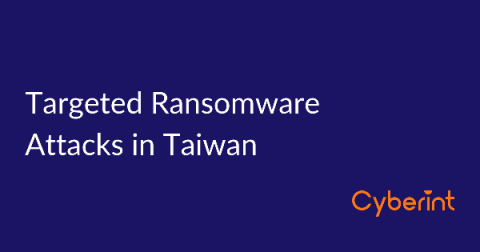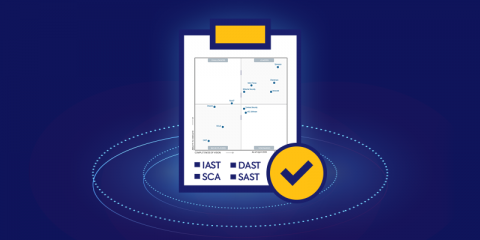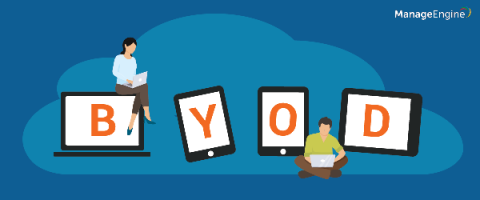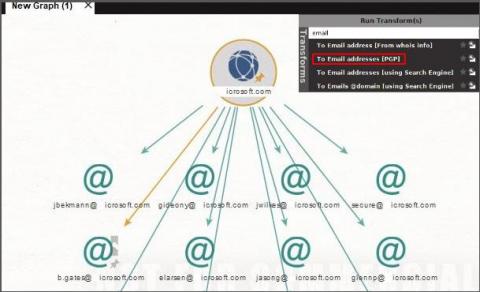Targeted Ransomware Attacks in Taiwan
Following reports of suspected ransomware attacks against various organizations in Taiwan, this report summarizes what is known of the threats thus far as well as providing recommendations for those that either operate in the targeted industries or region.











